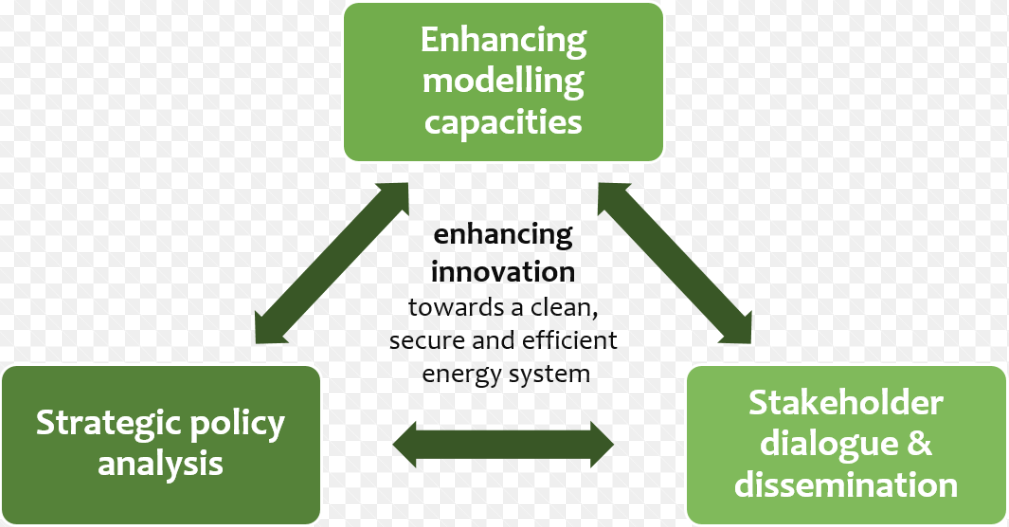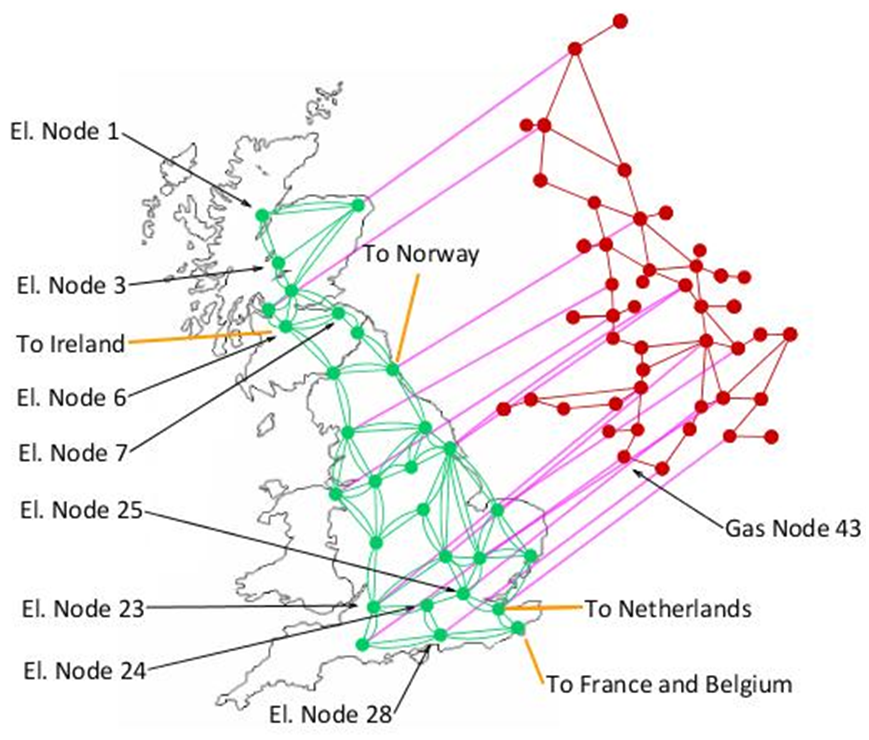SET-Nav
Navigating the Roadmap for Clean, Secure, and Efficient Energy Innovation
Contact: Dr. Blazhe Gjorgiev
Several factors come into play when exploring, designing, and selecting a policy mix for the energy sector. Modelling and the evaluation of alternatives play an important part in making sense of the factors and the potential evolution of the available options.
For this reason, there is a clear necessity for a better mix of modelling tools and approaches for evaluating energy policies. Furthermore, these must be evaluated in practical applications, as well as discussed with researchers, public, and private sector stakeholders. Dialogue within the energy community about the most useful approaches is also crucial in determining how these can be communicated to other stakeholders and decision makers involved in either energy policy or industry.
SET-Nav intends to respond to these challenges by producing contributions along three dimensions: the development of a modelling portfolio for decision making in the energy sector, the analysis of the impact of multiple future paths and policies, and the development of stakeholder dialogue and dissemination. It is implemented by a consortium of academic, research and industry partners from Austria, Germany, Norway, France, Spain, Greece, Hungary, Belgium, the United Kingdom and Switzerland. The project started in April 2016 and is funded by the EU Horizon 2020 programme.

The share of non-dispatchable RES generation in the electric system is increasing, and it is expect to represent a significant part of the generation capacities in most European countries by 2050. The gas-fired power plants (GFPPs) are considered as one of the most reliable flexibility providers to compensate for the RES volatility. The GFPPs are the coupling mechanism between electric and gas supply systems. Therefore, consideration of the gas constraints when dispatching and operating the powers system is of importance for security of supply. The Reliability and Risk Engineering (RRE) laboratory at ETH Zurich contributes to the project by performing adequacy and security assessment of the interdependent electric and gas systems. We analyze the coupled electric and gas grids of the UK under pathway scenarios defined within the SET-Nav project.

